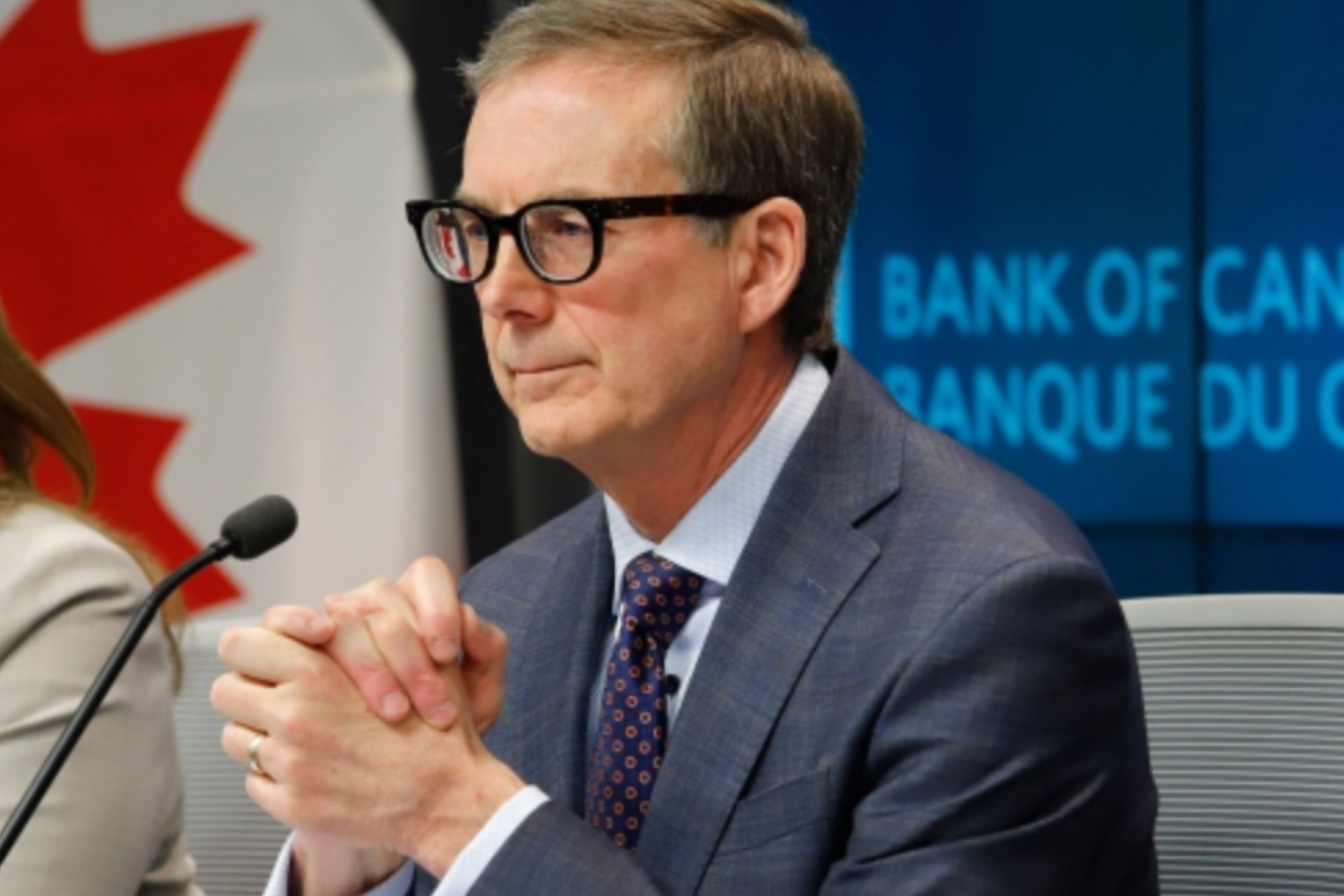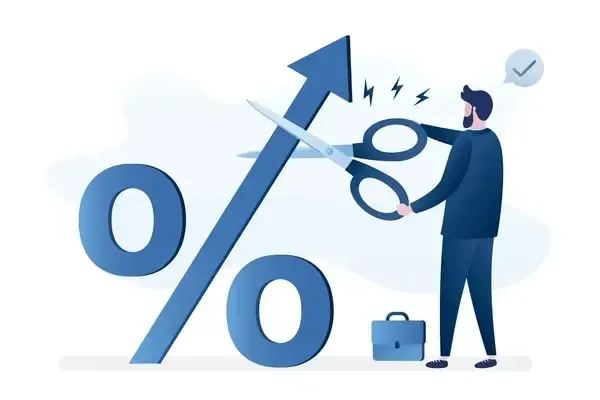Bank of Canada Summary March 2022
BREAKING: Bank of Canada Raises Rates
As expected, The Bank of Canada increased its overnight rate target by 25 basis points today. This is the first rate hike since October 2018.
Banks and other financial institutions are expected to raise their prime rate by the same 0.25% in the coming days, which will impact variable-rate mortgage holders specifically.
The Bank is continuing its reinvestment phase, keeping its overall holdings of Government of Canada bonds on its balance sheet roughly constant until such time as it becomes appropriate to allow the size of its balance sheet to decline.
Major Highlights:
- The bank is closely monitoring the unprovoked invasion of Ukraine by Russia is a major new source of uncertainty causing prices for oil and other commodities to rise. With the situation remaining fluid, the Bank has noted they are following events closely.
- Economies are emerging from the impact of the Omicron variant of COVID-19 more quickly than expected. Demand is robust, particularly in the United States, and while global supply bottlenecks remain challenging, there are indications that some constraints have eased.
- Housing market activity is more elevated, adding further pressure to house prices. Overall, first-quarter growth is now looking more solid than previously projected.
- CPI inflation is currently at 5.1%, as expected in January, and remains well above the Bank’s target range. Price increases have become more pervasive, and measures of core inflation have all risen.
- Persistently elevated inflation is increasing the risk that longer-run inflation expectations could drift upwards. The Bank will use its monetary policy tools to return inflation to the 2% target and keep inflation expectations well-anchored.
A Look A head:
As the economy continues to expand and inflation pressures remain elevated, the Governing Council expects interest rates will need to rise further. The Governing Council will also be considering when to end the reinvestment phase and allow its holdings of Government of Canada bonds to begin to shrink.
What does this mean for your mortgage?
The Bank has made a clear statement regarding the outlook for a normalization of interest rates. We expect another 25 basis point increase following the next meeting on April 13. The increased uncertainty and volatility arising from the war in Ukraine is front of mind worldwide. Still, it will not deter central banks from tightening monetary policy to temper inflation.
Fixed or Variable?
- Some of the best fixed-rate mortgages available today are 2.79 - 3.04%.
- By comparison, variable-rate mortgages are offered at a discount of 1.35 - 1.55%.
Recommendation:
Considering another 25 basis point increase in April, we still recommend Variable over Fixed.
- Savings: The interest savings are just too great to ignore (currently). The spread (or savings advantage) is ~150 basis points, if you select a variable product over fixed today.
- Flexibility: Given the average life of a mortgage is 3.5 years or less, if you need to break your mortgage, the prepayment penalty on a variable (typically three months’ interest) is considerably less than what you will be charged on Fixed-rate mortgages.
- Setting payments higher: If you are concerned with ‘payment shock’, we recommend setting your payments as if it was at today’s Fixed rate. You will absorb the impact of short-term payment increases and still receive the interest savings benefit.
- Locking-in: You always have the ability to lock-in to a fixed rate mortgage at any time with no fees or penalties. As we qualify Variable-rate mortgages at the benchmark (5.25%), this suggests that you as a borrower should be able to weather increases to Prime and your mortgage payment increasing. If your situation changes, and you want to ‘set it, and forget it’, fixing your rate and payment is available at any time.
Reach out to us Nest today for a
SIMPLY BETTER MORTGAGE!










